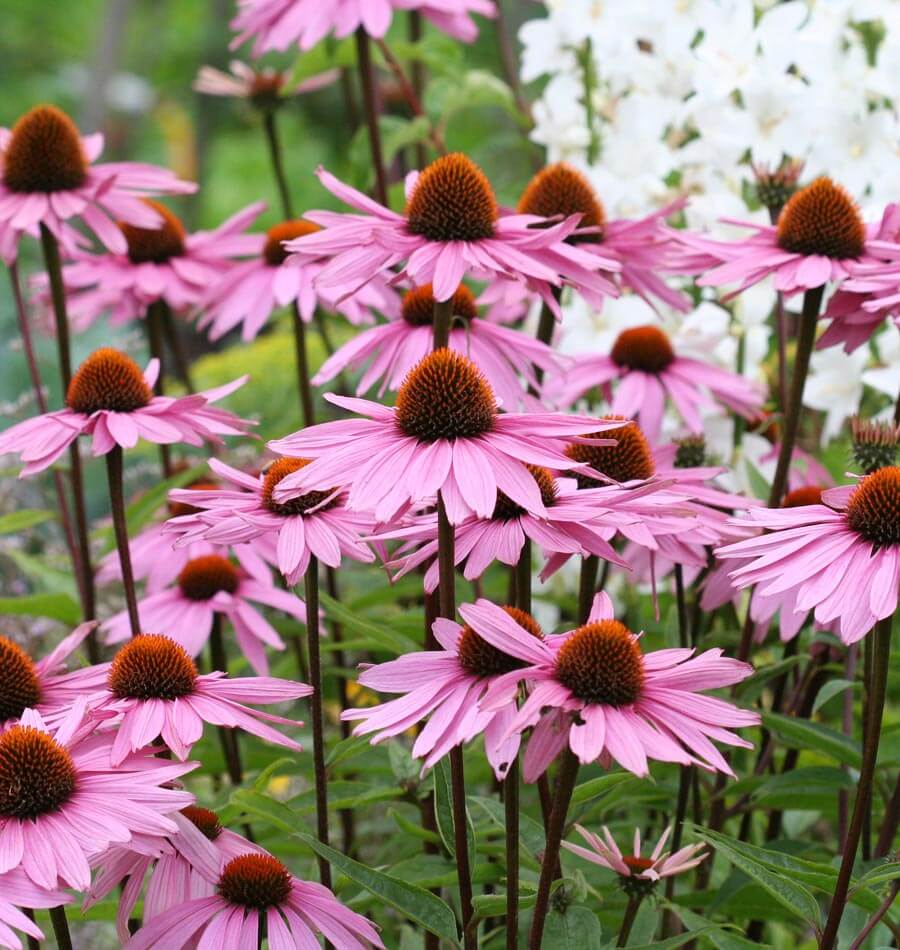
The pharmacologically active constituents of Echinacea are caffeic acid derivatives and alkamides which can potentially interact with CYP450 enzymes and increase the bioavailability of certain drug ( Gorski et al., 2004). Iqbal Ahmad, in New Look to Phytomedicine, 2019 18.2.6 Echinacea PreparationsĮchinacea preparations are obtained from Echinacea purpurea, and other Echinacea species are most commonly taken by HIV-infected patients, as an immunostimulant and for early treatment of upper respiratory tract infections ( Ladenheim et al., 2008 Sharma et al., 2010). Many people use garden plaques with spiritual sayings, fun handmade objects of art, and the very popular flowers and bugs on tall wrought iron sticks, adding whimsical delight to an already beautiful, colorful, and inspiring garden. As you invite guests into your garden, it is such fun to point out and talk about the plants viewing colorful, mystical, or playful garden art gives people many ideas with which they can begin creating their own special place. Adding meaningful garden art makes a garden uniquely yours.
#Purple coneflower herb plus#
Living near Mexico is a plus because I have conveniently acquired many colorful Mexican plaques, terra cotta clay pots, and a hand-painted fountain to adorn my garden. Francis, fairies, a dragon, a tiny chair or two, angels, Buddha, Quan Yin, birdhouses, chickens, and chimes. Beginning gardeners especially notice my collection, which includes St. One of the most unique and interesting parts of my garden, and the one that is recognized and commented upon by others, is my collection of garden art. As I walk by these green friends, I am reminded of the special person who shared his or her plant with me. “Pass-Along Plants” grow and thrive the best in my garden. Sometimes, plants just appear on my front porch, and that is the greatest gift of all. I belong to the local Herb Society, where each month, people bring extra plants and seeds. I have a few friends who willingly share plants and seeds from their gardens. My favorite way of acquiring new plants for my garden is getting “Pass-Along Plants” from my gardening friends. I also love purchasing unusual herbs, herbs for replacement in my garden, and native plants and flowers. Watching a seedling grow so quickly is fun, interesting, and remarkably rewarding. I love planting seeds because it is wonderfully exciting to go out in the morning and discover that a tiny little green plant being has arisen from this soil, the water, and your love. Remember to ease up on the watering once the seedlings emerge. It's essential to keep seeds watered several times a day in hot climates. I like to add some compost on top and water them in. Add your starting amendments, sprinkle out, or place your seeds to the correct depth and cover them with soil. Once the last danger of frost has passed (for most plantings), just determine where you want these plants, and use a garden fork to loosen the soil.

If you are direct seeding, that's easier. Determined seedling starters can do this indoors in a warm, well-lighted area. I am lucky enough to perform this very pleasurable task in a greenhouse. I plant my seeds and mist with the hose at least three times a day. My inexpensive version of potting mix is recycled soil taken from various pots lying around, some compost, a small amount of vermiculite and perlite (for aeration), and perhaps some sand. If you are starting seeds in trays, first make or purchase a good seed-starting soil mixture. You can direct seed right into the garden soil, or you can start your seedlings in seed starting trays (I use recycled, black plastic plant trays from the nursery). If you are planting seeds, you have two options. I add some compost around the plant and water it in with some liquid seaweed or root stimulator. I lovingly and carefully take the transplant out of its container and plant it. I like to add some starting amendments of bat guano and a local product that adds phosphate to the soil. Dig a hole that is suitable for the plant. Leave the herb there for a while, and soon you will discover whether this is the right spot. I feel it is best to take your transplant to the spot where you think you would like it to grow. Perhaps you are incorporating your herbs into an existing garden bed.

Your garden beds are designed and you've worked your soil sufficiently enough to begin planting. Ellen Zimmermann, in Veterinary Herbal Medicine, 2007 PLANTING AND MAINTAINING YOUR HERB GARDEN


 0 kommentar(er)
0 kommentar(er)
